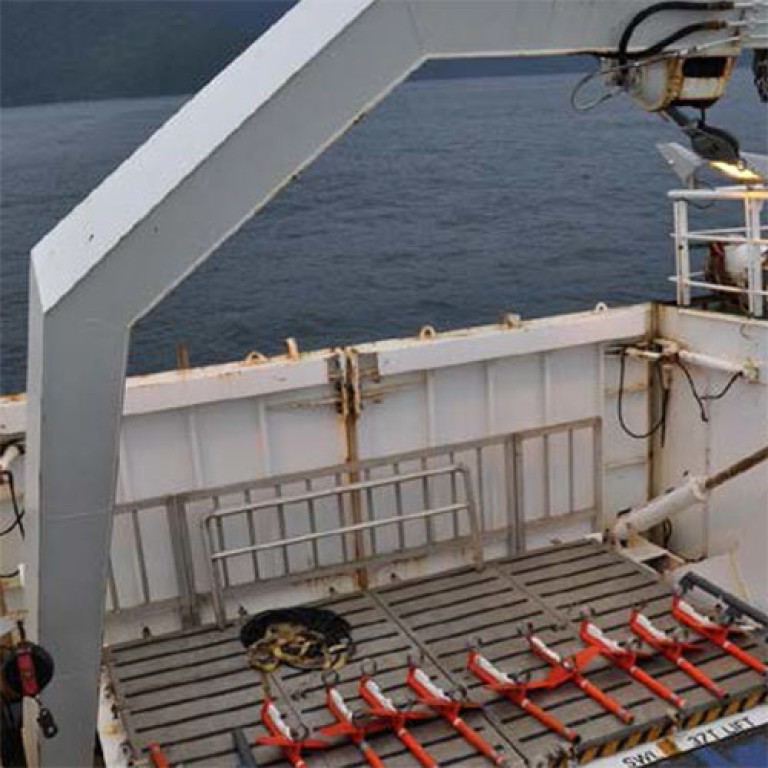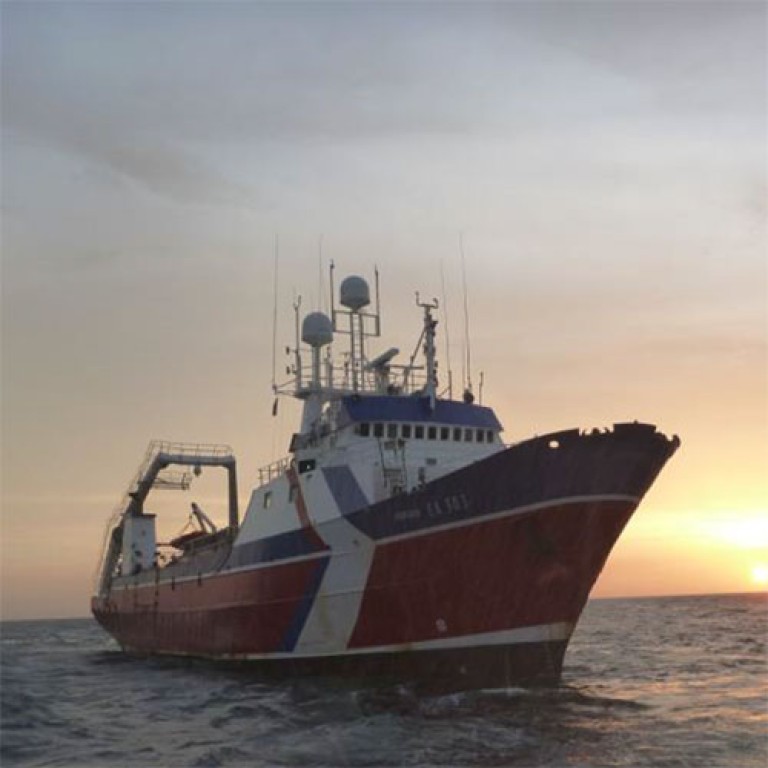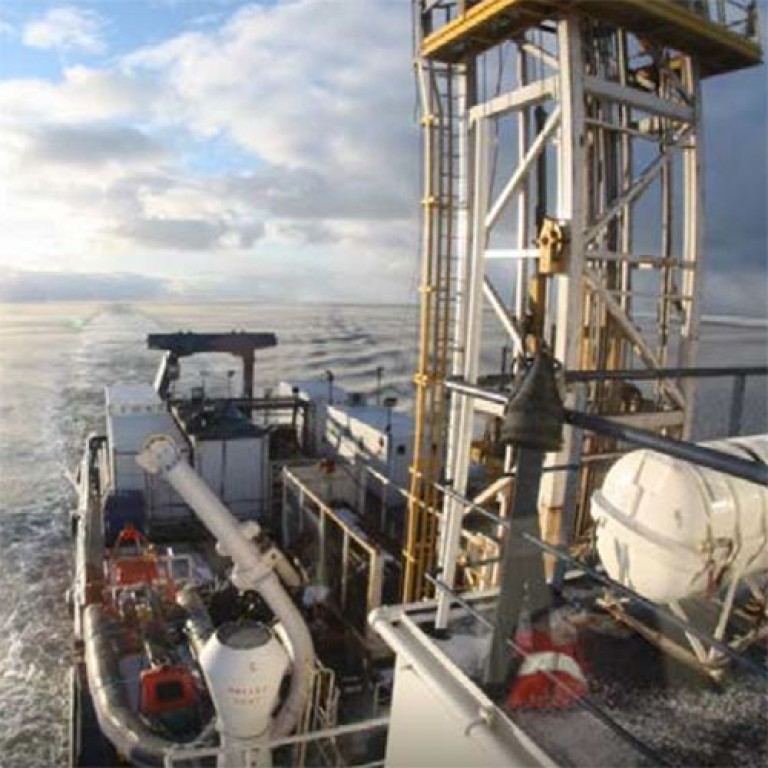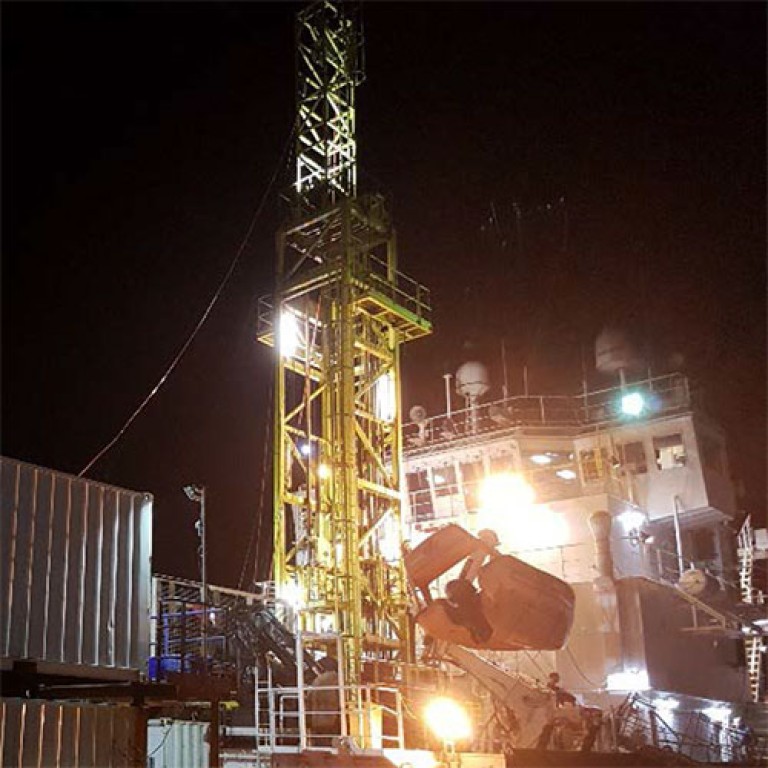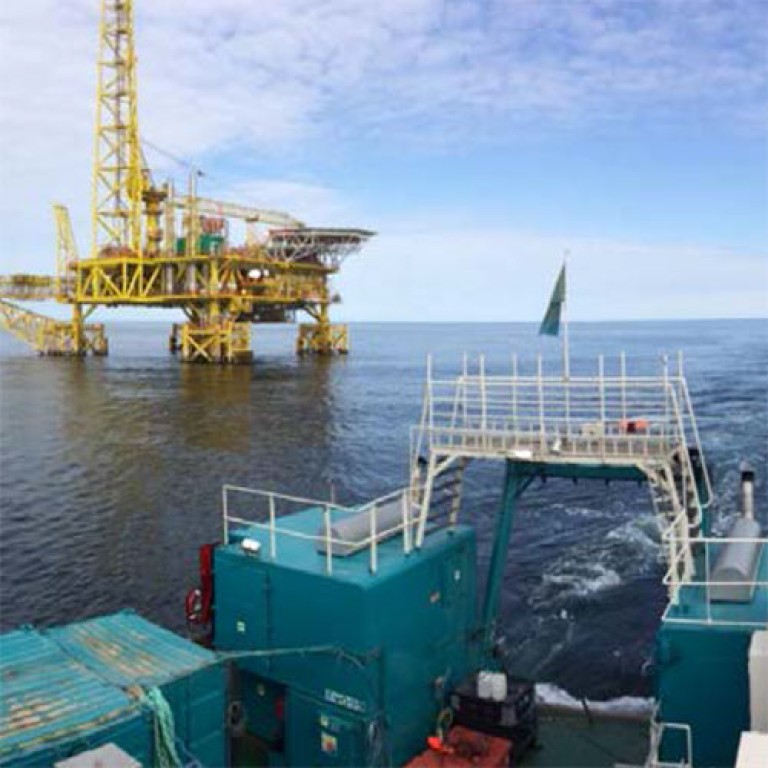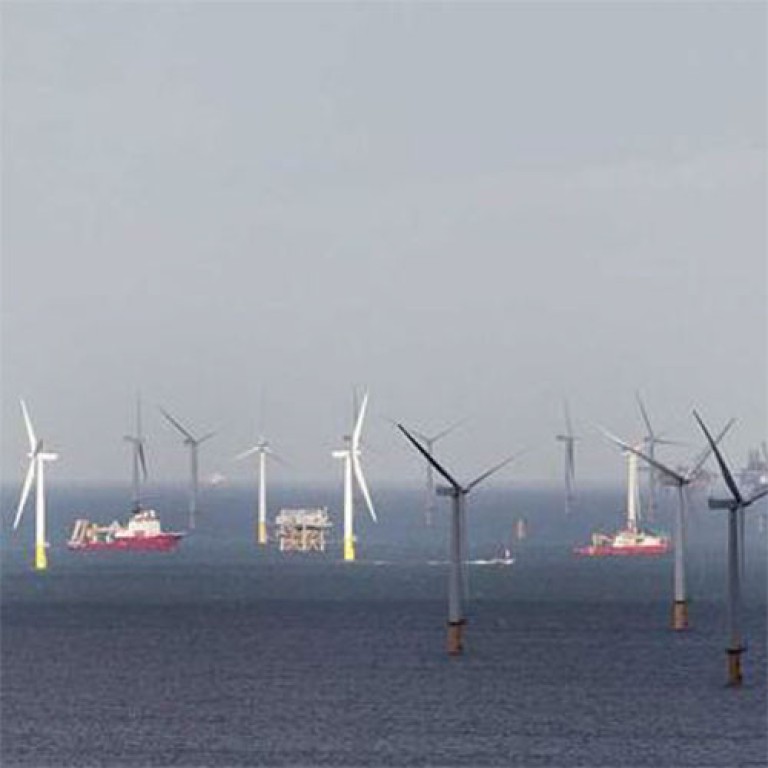Enviros was contracted to perform a 2km x 2km site survey and 1km wide central pipline route survey. The objectives of the geophysical and bathymetric surveys were to measure the water depth variations and slope changes within the investigation area. This included investigating the morphology, the nature of seabed, and the lithology in formations below with respect to local geology. Locating any natural or man-made seabed or buried obstruction such as, but not limited to, rocky outcrops, escarpments, channels, reefs, depressions, debris (natural or man-made), wrecks, industrial structures, pipelines, cables, UXO, etc. Enviros also characterised lateral changes of soil and rock properties.
Enviros performed the site surveys using the following equipment:
- Multibeam Echosounder (MBES);
- Sidescan Sonar (SSS);
- AUV with sensors equivalent to above (from vessel depth limit to shore);
- Singlebeam Echosounder (SBES);
- Sub-Bottom Profiler (Pinger SBP);
- Magnetometer;
- 2D ultra-high resolution seismic (Sparker source) (2DUHRS);
- Seismic refraction & surface waves (MASW) (water depth <20m only);
- Gravity Corer.
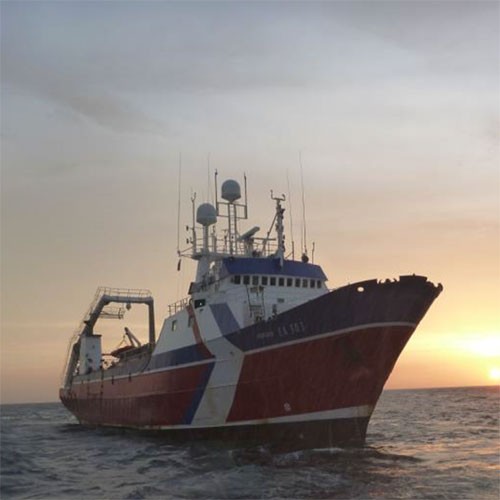
Project Organisation
Enviros were responsible for performance of all pre-mobilisation, mobilisation, fieldwork, demobilisation and associated data processing, interpretation and reporting. A senior Enviros Project Manager with >15 years relevant offshore site survey / investigation experience was appointed on contract award and responsible for each project phase and Client liaisons throughout. The Enviros Project Manager was appointed an experienced Enviros Offshore Project Manager for all fieldwork operations.
The Project Manager had the role of managing day-to-day issues relating to the project, based onshore in the Enviros head office based in United Kingdom. The Offshore Project Manager was responsible to ensuring that the project is completed in accordance with Enviros procedures and to Client specifications. Responsibilities include, but not limited to being the immediate point of contact for any Offshore Client Representatives, ensuring project QHSSE procedures are adhered to during all offshore operations; this is to include mobilisation, field calibrations and checks, project tasks, post project calibration checks and demobilisation; and the production or approval of all necessary field reporting.
